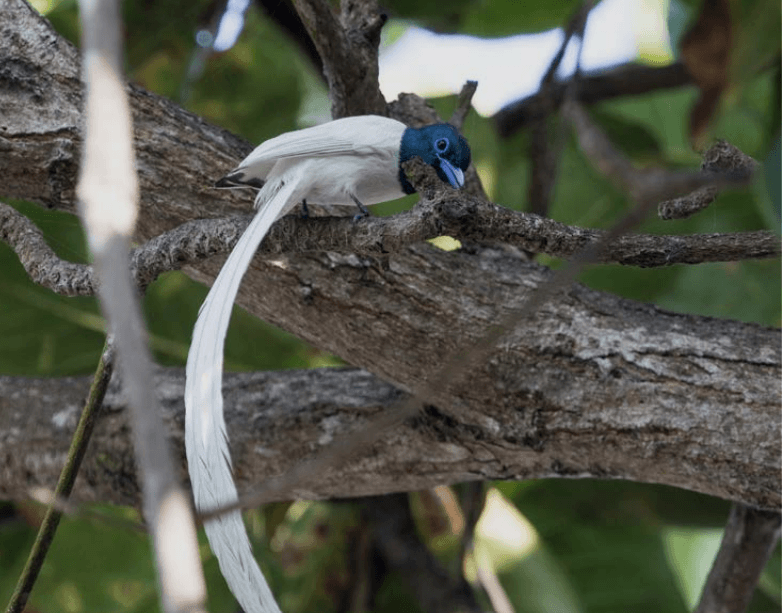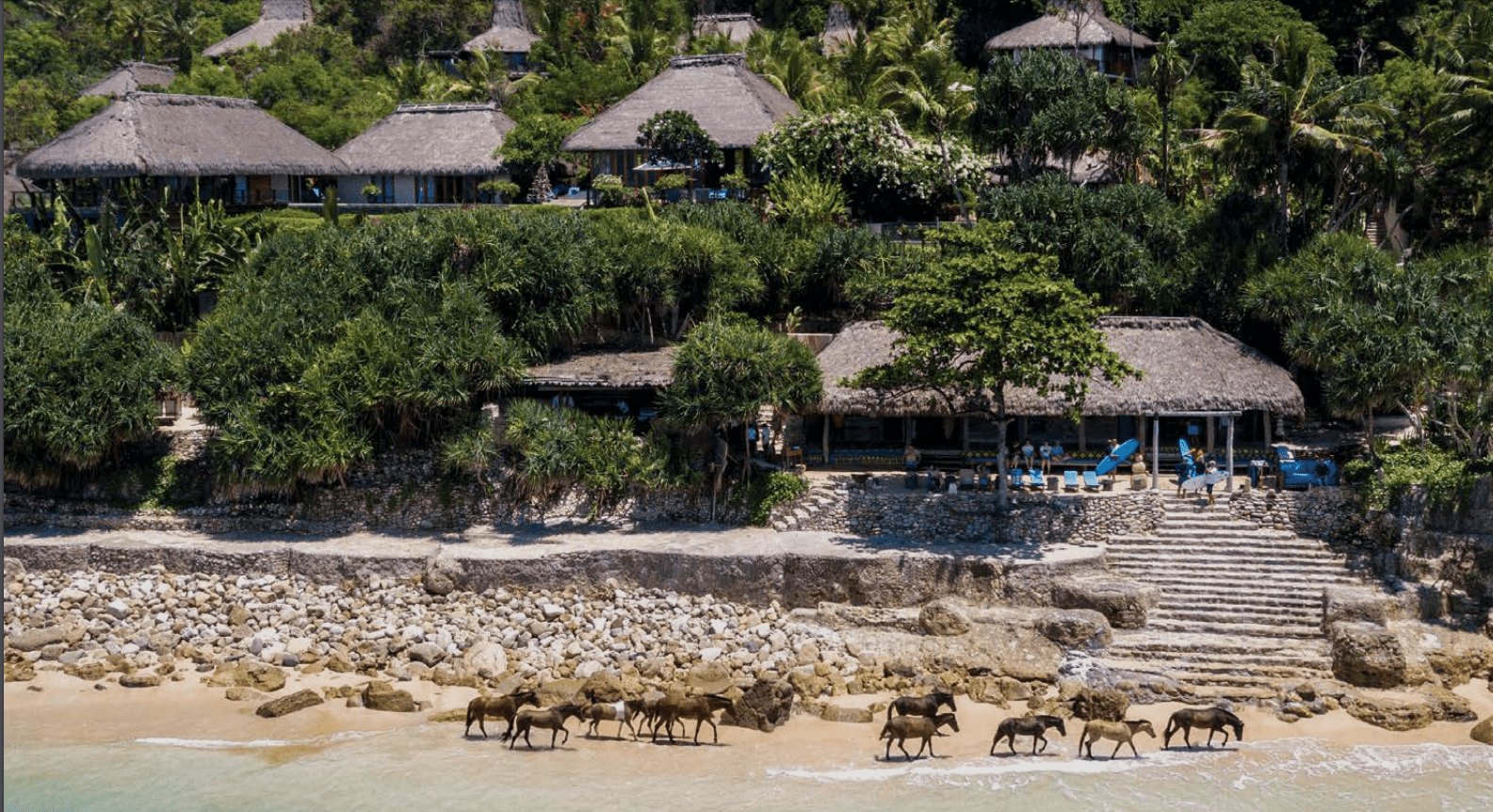NIHI is famous for our wild beach horses. Yet if you keep your eyes peeled you will be privy to a much wider range of tropical island wildlife. Whether you are trekking off property, foraging in our onsite jungle or spending hours at sea, you will undoubtedly meet an eclectic variety of interesting, rare and wild animals throughout your stay at NIHI Sumba. If you are an avid twitcher, get out your binoculars, make yourself comfortable and enjoy the feathery show. At the river and Nihioka, bird watcher’s have recounted sightings of White Wing Tern, Cinnamon Kingfishers, Sulphur-crested Cockatoo, Great-Billed Heron, Oriental Hobby and the native Julang Sumba.

Chances are you will encounter a gecko during your stay. These small, wall climbing lizards are non-venomous and completely harmless to humans, playing a very important role in the resorts ecosystem by eating smaller insects, like mosquitoes and spiders. The gecko call – or chirp – resembles their namesake: “gecko, gecko”. Throughout Asia, geckos have various local names onomatopoetically derived from the sounds they make: such as “chee chak” or “chit chat”.

The resident monitor lizards, that freely roam the property, can reach up to 1,5 meter in length. They may look menacing, but rest assured they are in fact terrified of humans. When you meet one on the paths of NIHI, stay still and watch them as they lumber away from you. You may also see the strikingly colorful land crabs that feel at home in the dirt or mud rather than sand, but they will quickly scuttle out of your way the moment you approach them.
The chance of seeing larger wildlife, such as monkeys, buffalo and wild boar, will be possible if you take part in one of the tours or land activities. These trails will bring you into denser areas of the surrounding community. And then of course, there is the underwater world. A plethora of colorful sea life can be found in the ocean waters directly in front of Nihiwatu Beach, seen best with a mask and snorkel. The Boathouse crew will be thrilled to take you out and show you plenty more oceanic friends.
Turtle Release
For over 120 millions years, sea turtles have been present in the vibrant ecosystem of the world’s oceans. Their epic journey, from beach birth to swimming great distances to ensure their survival in the vast ocean, is treacherous with only one in every 1,000 surviving into adulthood. If you are lucky enough to ever see a wild turtle in the ocean, please take the time to appreciate the fight that this prehistoric looking creatures took get there. Unfortunately today, human impact and the changing environment/climate threaten their very existence, decreasing the numbers of wild sea turtles dramatically.

Indonesia’s waters maintain six of the seven remaining global species of sea turtles, with Sumba home being to five of these. The NIHI Sumba Turtle Hatchery initiative was started in 2004 as a way of keeping these amazing creatures alive in our oceans. It is Sumba’s aim to change this mindset of locals that in the past took the turtle eggs and sold them as food at the local markets for income. To give more turtles a chance, NIHI rewards the local community residents year-round for each egg they bring to the resort in good condition. The eggs are then buried under the sand in the onsite hatchery and after seven to twelve weeks, hundreds of baby hatchlings are scrambling in the sand, ready to be released into the ocean. Miraculously, the small percentage of turtles that do survive out in the world’s waters always come back to the exact same beach they left as babies, to mate and lay their own eggs. It remains one of the world’s greatest mysteries as to how they manage to find their way back after such enormous migration at sea.



